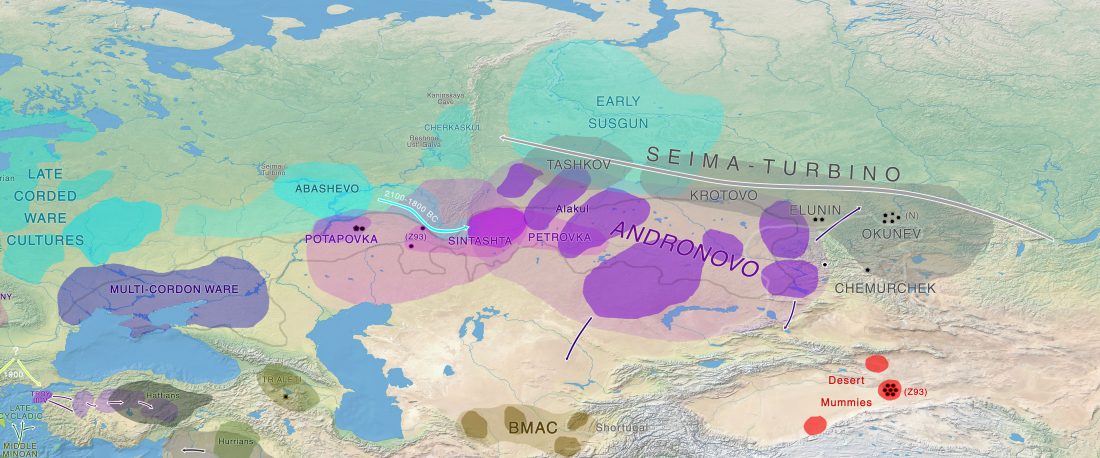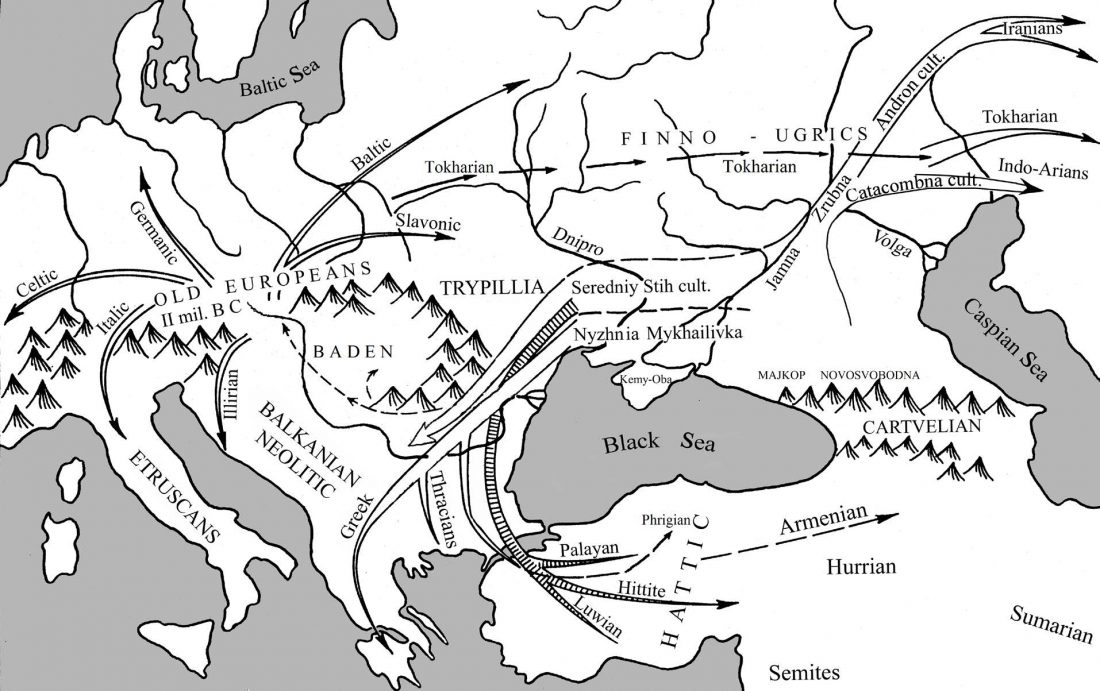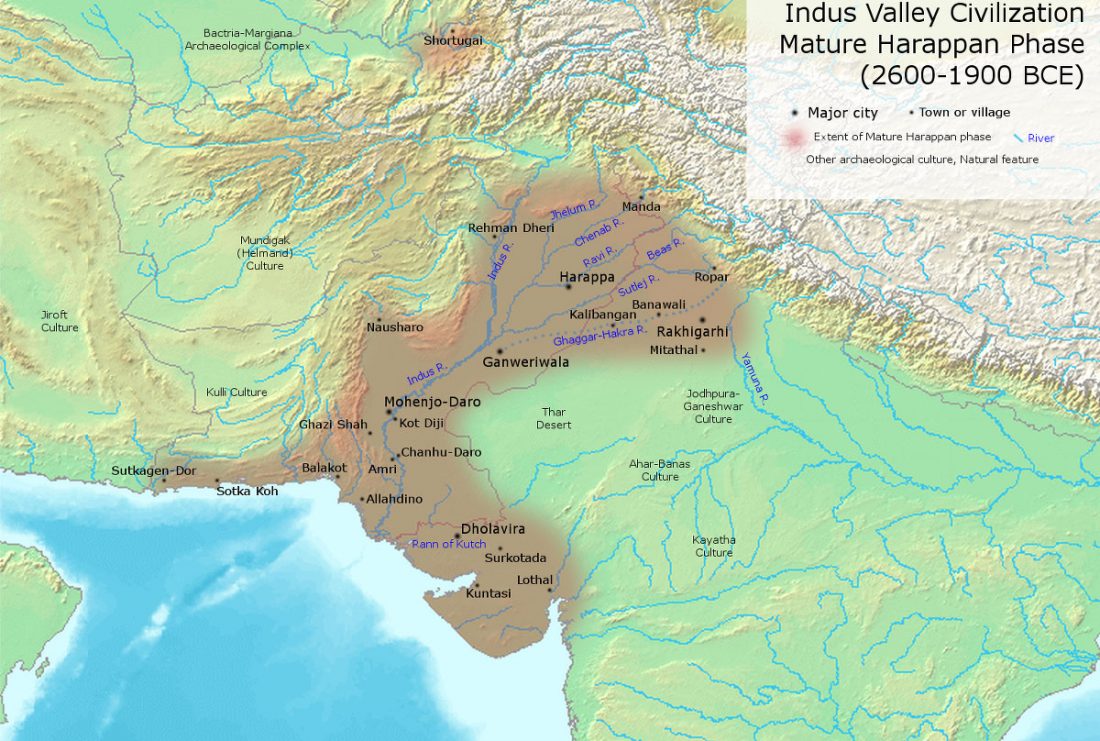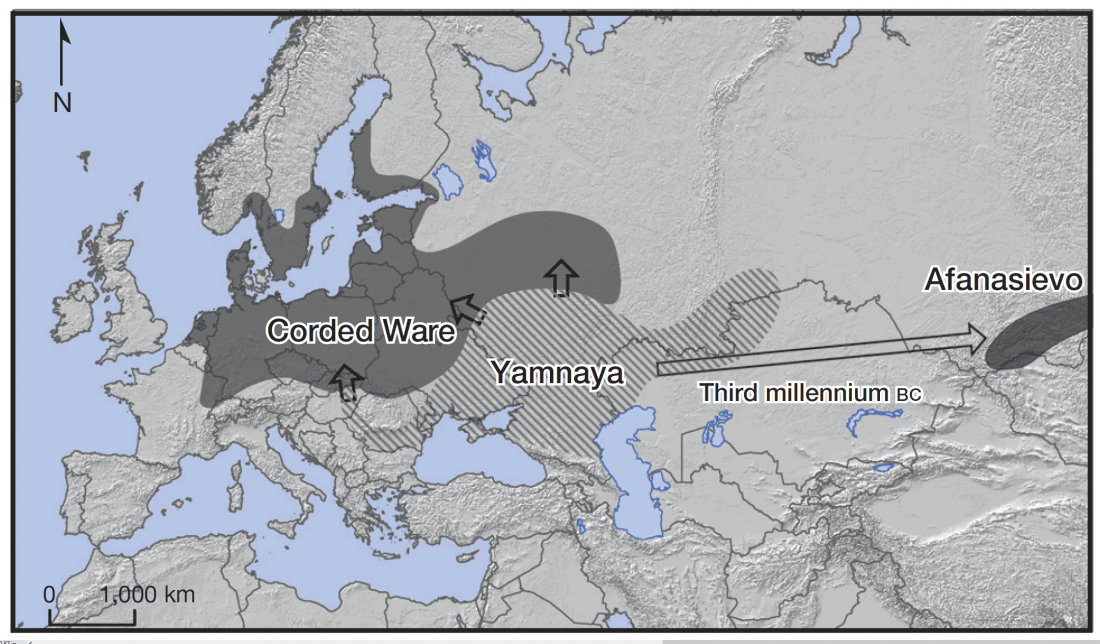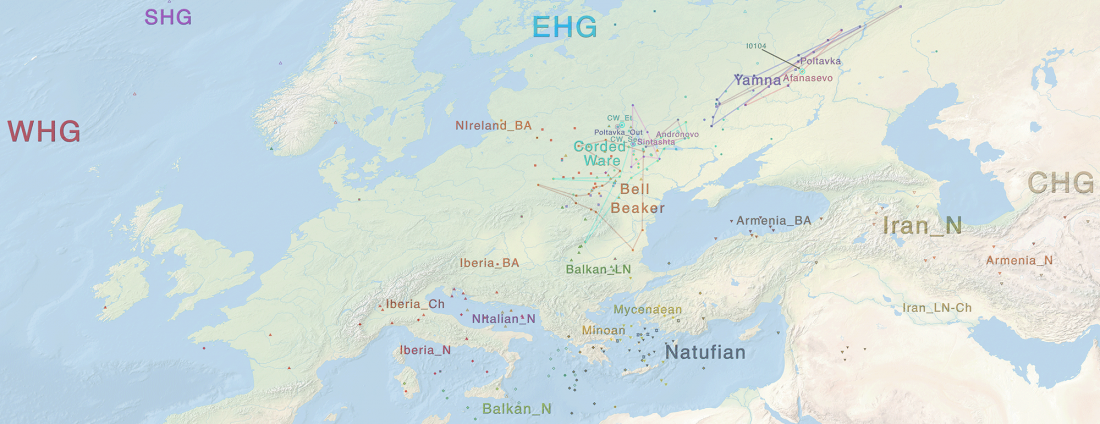Massive Migrations? The Impact of Recent aDNA Studies on our View of Third Millennium Europe
Thanks to Joshua Jonathan, I have discovered the paper Massive Migrations? The Impact of Recent aDNA Studies on our View of Third Millennium Europe, by Martin Furholt, European Journal of Archaeology (28 SEP 2017).
Abstract:
… Read the rest “Massive Migrations? The Impact of Recent aDNA Studies on our View of Third Millennium Europe”New human aDNA studies have once again brought to the forefront the role of mobility and migration in shaping social phenomena in European prehistory, processes that recent theoretical frameworks in archaeology have downplayed as an outdated explanatory notion linked to traditional culture history. While these new genetic data have provided new insights into the population history of prehistoric Europe, they are frequently
